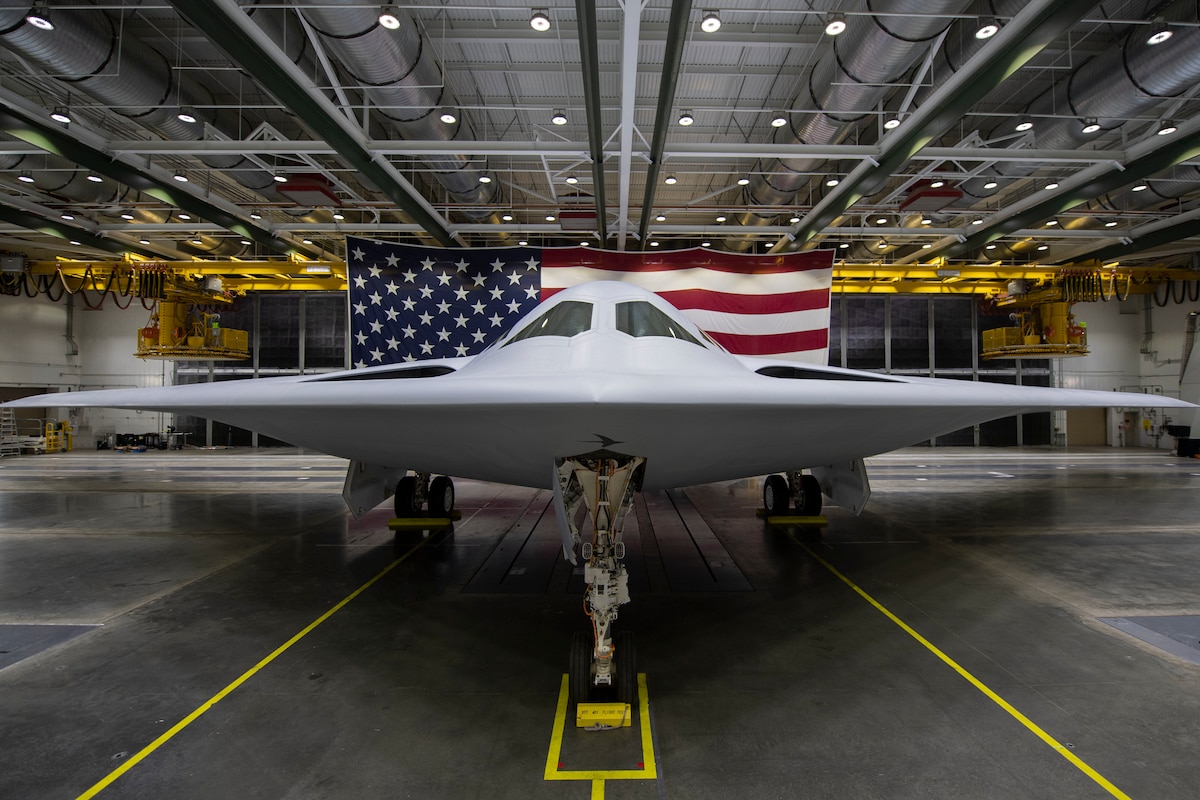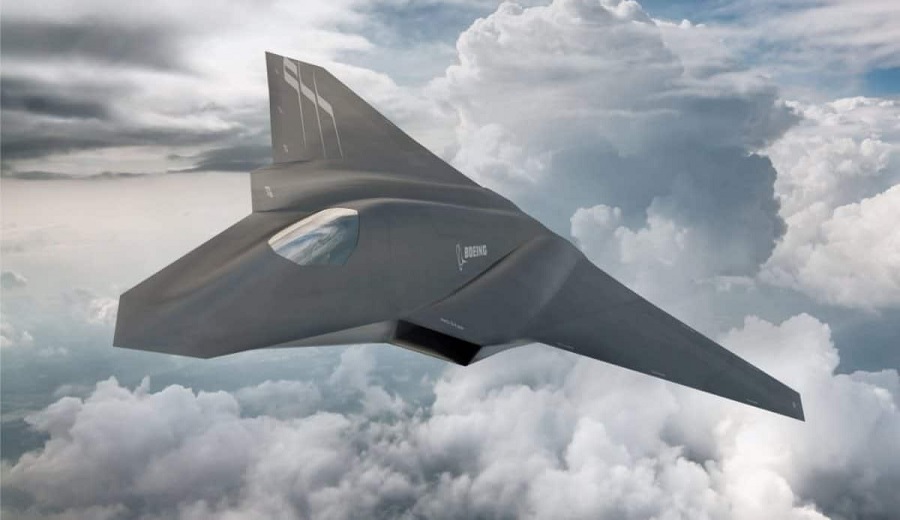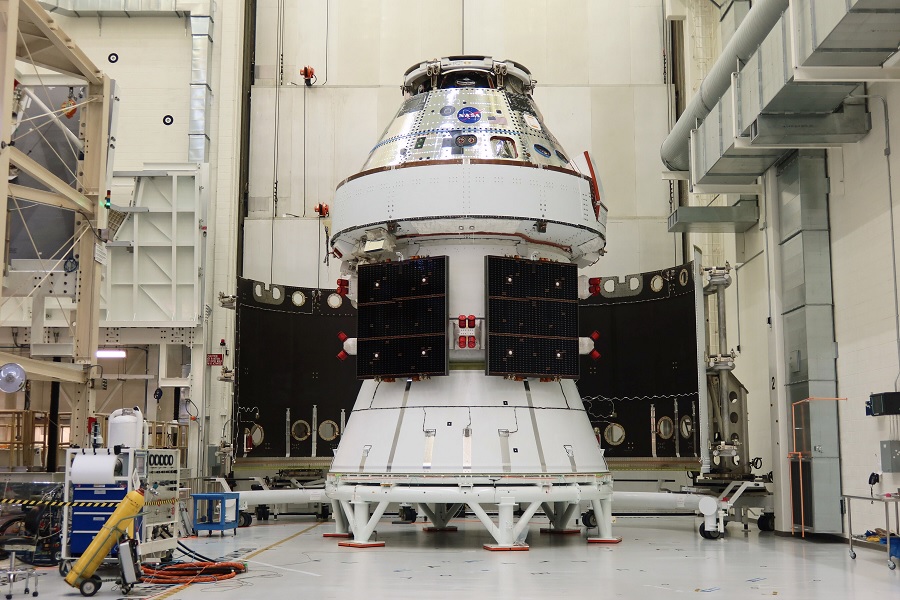
May
1
Breaking News: U.S. Boosts New B-21 Raider Stealth Bomber Program with Additional $4.5 Billion Investment.
On April 27, 2025, the United States Department of Defense announced a sweeping $150 billion supplemental defense budget package, with a significant $4.5 billion allocation specifically dedicated to accelerating the new U.S. Air Force B-21 Raider stealth bomber program.
This funding underscores the critical role the B-21 plays in the future of American airpower and nuclear deterrence. As a highly advanced long-range stealth bomber, the B-21 Raider is designed to penetrate the most sophisticated enemy air defenses, deliver both conventional and nuclear payloads, and ensure the U.S. retains strategic superiority in an era marked by intensifying great-power competition.
 |
| A U.S. Air Force B-21 Raider undergoes flight testing at Edwards Air Force Base, California, United States. (Picture source: U.S. DoD) |
Read More
U.S. House Armed Services Committee approves USD 150 billion increase to defence budget
By Defence Industry Europe

On 29 April, the U.S. House Armed Services Committee voted to approve a $150 billion increase to the Department of Defense budget for fiscal year 2027. The measure passed by a vote of 35 to 21, with a small number of Democratic representatives joining Republicans in support.

- Supporters argue that the increased funding will significantly enhance the combat capabilities of the U.S. Armed Forces, strengthen national security, and uphold the country’s global leadership.
- Critics warn the funding may come at the expense of other important areas and question whether the money will be spent efficiently.
The largest portion of the increase—$33.7 billion—will go to the U.S. Navy, mainly for new shipbuilding projects and to bolster the struggling domestic shipbuilding industry.
Allocations include $4.6 billion for a new Virginia-class submarine, $5.4 billion for two Arleigh Burke-class destroyers, and billions more for amphibious ships and unmanned surface vessels.
2
The major beneficiary is the Golden Dome missile defence initiative, announced by President Donald Trump, which will receive $24.7 billion from the additional budget. This “system of systems” aims to intercept ballistic missiles in space and counter hypersonic threats.
3
The third largest share, $20.4 billion, is earmarked for the munitions industry to expand production capacity and increase ammunition stockpiles. A further $13.5 billion will support the development of low-cost, advanced weapon systems using commercial technologies such as FPV drones.
An additional $12.9 billion will fund nuclear deterrence initiatives, including accelerated work on the B-21 Raider bomber, the LGM-35A Sentinel ICBM, and a sea-launched nuclear cruise missile.
The U.S. Air Force will receive $7.2 billion, with $3.1 billion designated for purchasing more F-15EX multirole fighter jets.
Funding will also support the next-generation Boeing F-47 fighter programme and other priorities such as spare parts, training services, and logistics. The full budget now awaits further legislative review and approval before implementation.













No comments:
Post a Comment